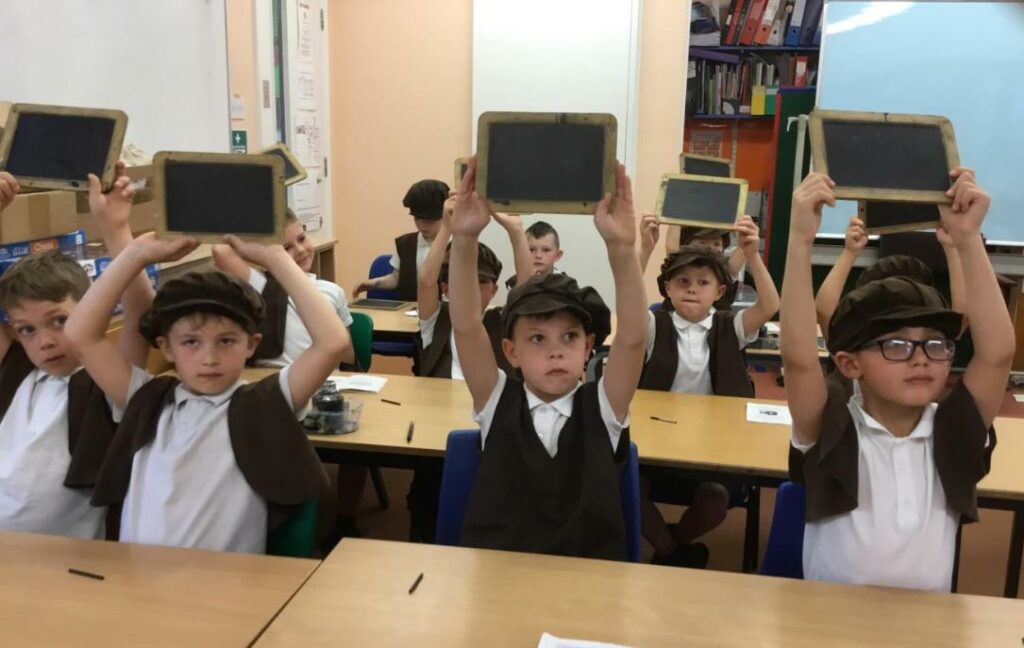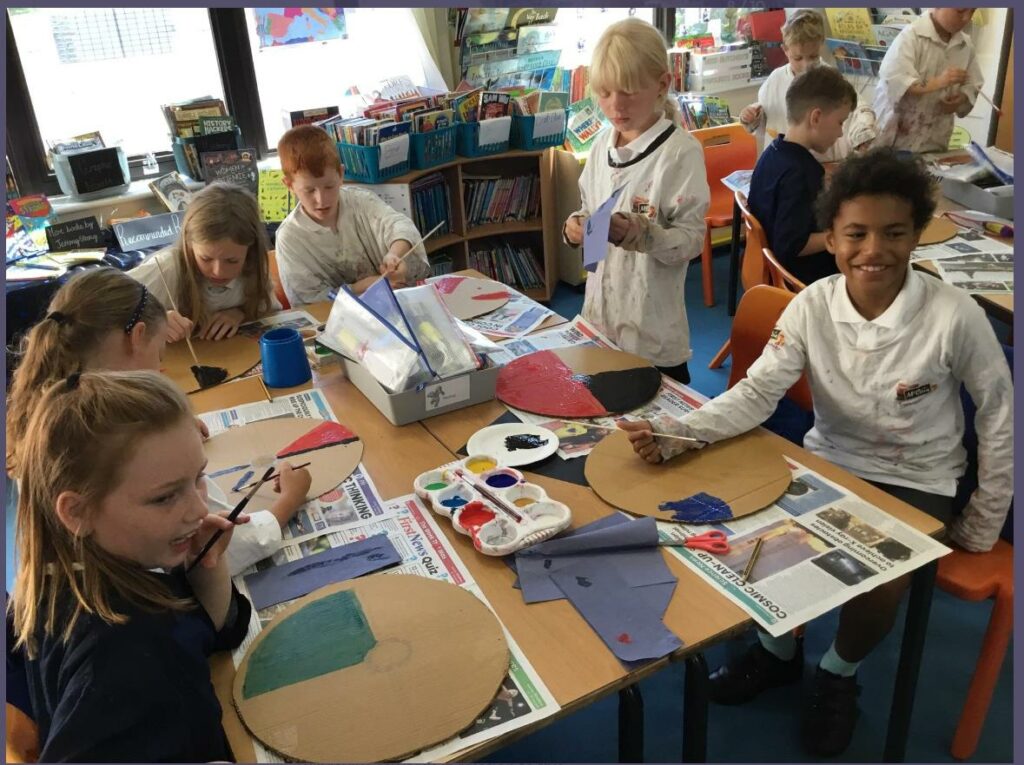Intent
Why do we teach this? Why do we teach it in the way we do?
At Hunmanby Primary School we intend for our teaching of History to inspire pupils’ curiosity about the past. We aim to help pupils gain knowledge and understanding of Britain’s past and that of the wider world to build respect and appreciation of the diversity of human experience.
We aim for pupils to:
- Develop an understanding of chronology and a concept of time.
- Have the opportunity to offer comparisons and contrasts and make links across historical periods.
- Work as historical inquirers and ask perceptive questions.
- Develop their understanding of key events and people in history.
- Develop a secure understanding and respect for diversity, social responsibility and have a sense of how the past has shaped their future.
- Understand how their locality has changed and how the past has very much shaped where they live today.
Implementation
What do we teach? What does this look like?
We deliver our history curriculum through projects and use ‘Curriculum Maetsro’ to support our sequential planning and teacher subject knowledge. Sequential planning allows our children to develop, use, retrieve and build on prior knowledge. Delivering history in this way has ensured that there is curriculum connectivity and that history subject aspects are linked and developed throughout projects and build in complexity over time. The projects also make links across themes and topics, building children’s contextual knowledge across year groups.
What history looks like in our school:
We teach history in the Foundation Stage as an integral part of the topic work covered during the year which runs alongside Cornerstones Curriculum. We relate the children’s work to the objectives set out in the Development Matters document and the Early Learning Goals that underpin the curriculum planning. Pupils have the opportunity to:
- Know some similarities and differences between things in the past and now, drawing on their experiences and what has been read in class. They do this by beginning to make sense of their own life-story and family’s history; commenting on images of familiar situations in the past; and talking about the lives of people around them and their roles in society.
- Understand the past through settings, characters and events encountered in books read in class and storytelling. Compare and contrast characters from stories, including figures from the past.
In key stage 1, the children investigate artefacts and begin to compare historical eras to their lives today. In key stage 2, the pupils acquire the historical knowledge and skills to compare and contrast historical eras, as well as understanding the value and developing the ability to interpret primary and secondary sources of evidence. Every classroom across key stages 1 and 2 have a history timeline to allow children to develop a concept of chronology and time and they facilitate the comparison of current historical periods being studied to previous ones. Project displays and tables are used across the school to enhance children’s learning of history. As a school, we make links to our local area within our projects and ensure, as much as possible, that our children have real-life experiences and learn about History in an active and creative way. Therefore, we start all topics with a memorable experience to kickstart each project and the use of visitors and trips is fundamental in our school.
Impact
What will this look like? By the time children leave our school they will:
By the end of KS2, we aim for our children to have developed an understanding of chronology and time through the use of timelines and be able to use timelines confidently. They should be able to use their knowledge of various historical eras to make comparisons and contrasts and identify links across historical periods. They should understand their local area and how the past has shaped where they live today. Children should leave our school with a secure understanding and respect for diversity, social responsibility and have a sense of how the past has shaped their future.
Lorem ipsum dolor sit amet, consectetur adipiscing elit. Ut elit tellus, luctus nec ullamcorper mattis, pulvinar dapibus leo.
Lorem ipsum dolor sit amet, consectetur adipiscing elit. Ut elit tellus, luctus nec ullamcorper mattis, pulvinar dapibus leo.





